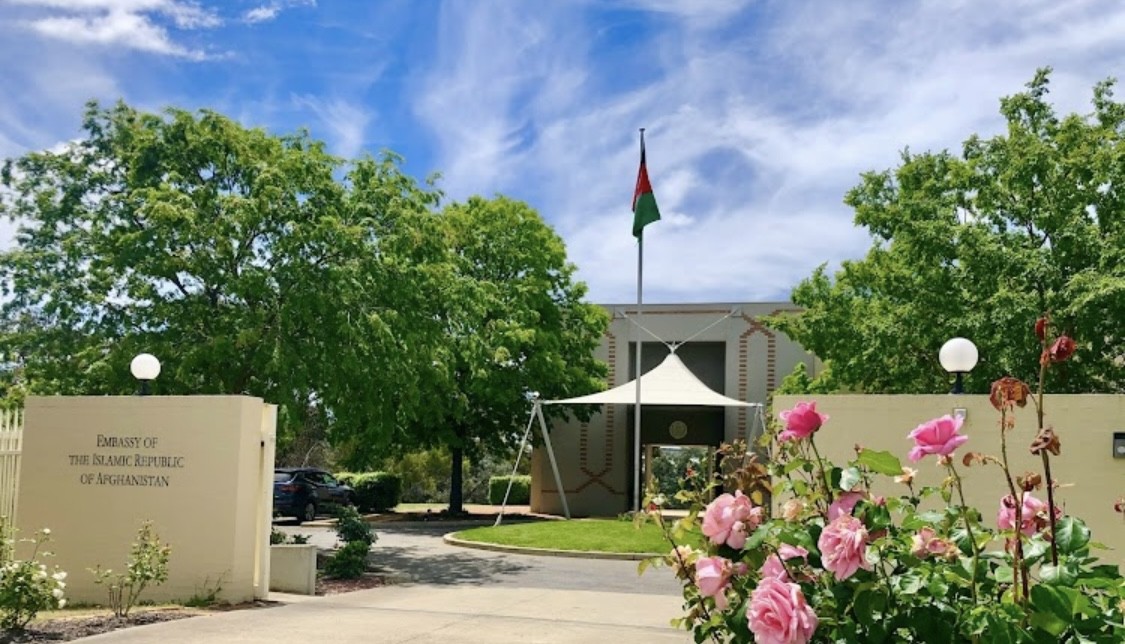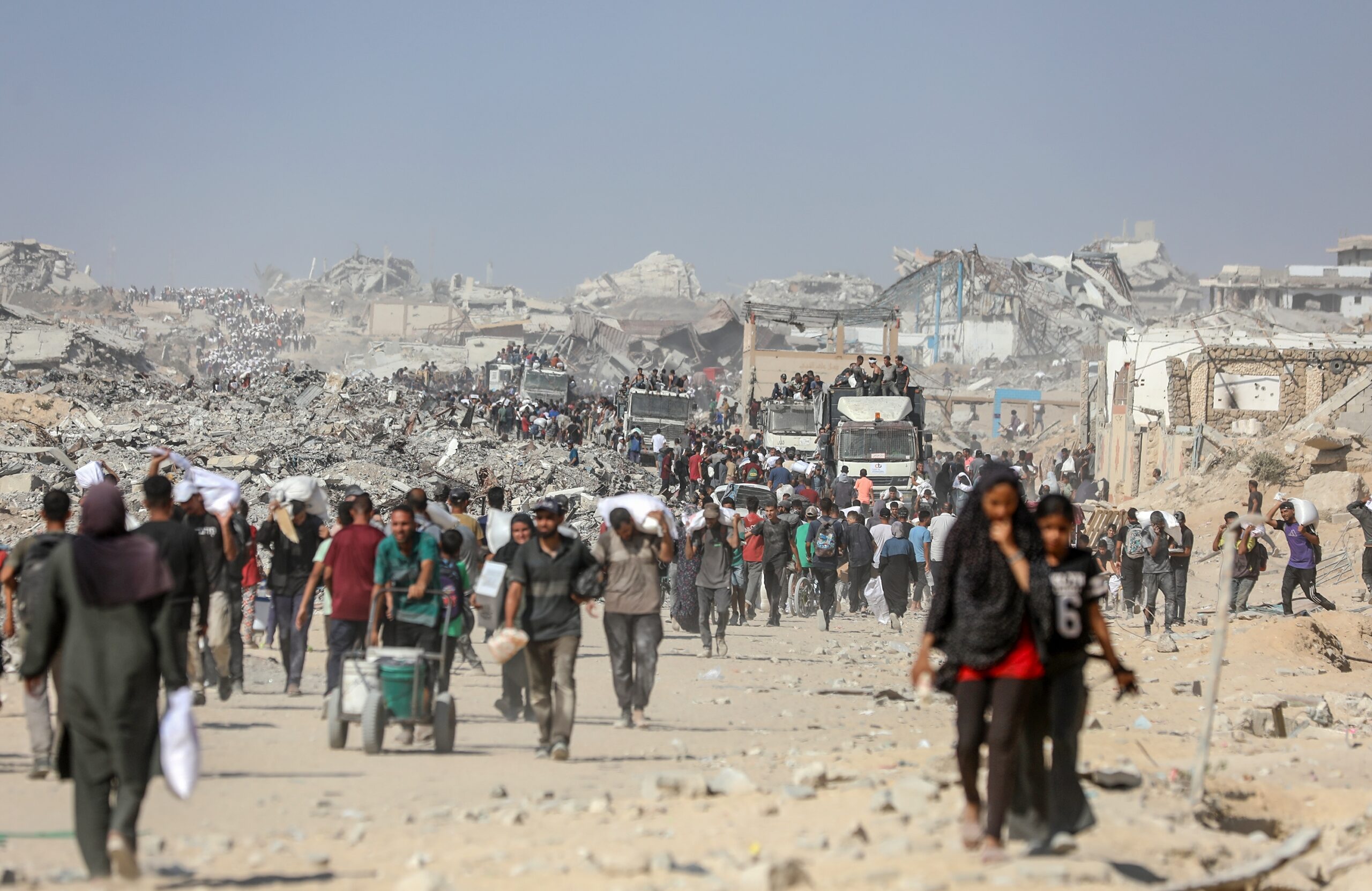Last month marked four years since the Taliban returned to power in Afghanistan. Although anniversaries come and go in the international calendar, Afghanistan cannot be reduced to a date. For Afghans, the consequences of August 2021 are not history, but a lived reality, one that continues to deepen every day and demands sustained international attention.
In October 2019, the all-female Afghan orchestra Zohra performed at the Sydney Opera House. Dressed in vibrant traditional attire, young Afghan women played to a full house, their music echoing across a venue that symbolises cultural harmony and freedom of expression. It was more than a concert. It was a moment of pride, a testament to how far Afghanistan had come in reclaiming space for women and for culture after decades of conflict.
Two years later, that same orchestra was disbanded. Their school was raided. Instruments were broken. Some musicians fled to Pakistan, others to Europe or Australia. Their music was silenced at home, although not in their hearts. This story mirrors Afghanistan itself: progress destroyed overnight, but resilience enduring.
Since August 2021, the Taliban have transformed Afghanistan into the only country in the world where girls are banned from secondary school and university. Women are barred from most jobs, excluded from public spaces, and restricted in movement even during earthquakes. In place of the Ministry of Women’s Affairs, the Taliban installed a ‘Ministry for the Promotion of Virtue and Prevention of Vice’, the so-called morality police, turning an institution that once championed women into one that enforces their erasure.
Across the Islamic world, women are leaders, judges, entrepreneurs, and academics. Afghans know that dignity and faith can coexist. What makes Afghanistan different today is the deliberate policy of gender apartheid, and it is this policy that has kept the Taliban unrecognised internationally and excluded from the United Nations.
The rights crisis sits within a broader humanitarian one. Nearly 30 million Afghans, three quarters of the population, now depend on assistance. Poverty is almost universal. Hunger is widespread. Teachers and nurses often work without pay. Yet Afghans continue to resist despair: girls attend underground schools, small clinics operate on shoestring budgets, and journalists risk their lives to report the truth. The strongest currency in Afghanistan today is resilience.
Australia’s engagement with Afghanistan spans two decades. From Kabul to Uruzgan, Australian troops served alongside Afghan soldiers. Development programs improved health, education, and local governance. After the fall of Kabul, Australia supported emergency evacuations and expanded humanitarian visas. Thousands of Afghans have since found refuge in this country.
These are achievements of which to be proud. But any legacy is not measured by what we once did; it is defined by what we continue to do when the cameras are gone and the conflict becomes invisible. Afghanistan is not behind us. It is still unfolding, in refugee communities in Australia, in underground classrooms in Kabul, and in diplomatic forums where its people’s voice risks being silenced.
Silence is not neutral. In the absence of a clear strategy, the world risks normalising a regime that governs by repression and fear. The Taliban seek recognition without assuming the obligations that give a state its legitimacy. Quiet diplomacy is sometimes – although not always – useful. A quiet conscience is not.
Australia cannot solve Afghanistan’s crisis alone, but it can lead with clarity and principle. Five directions stand out:
Maintain diplomatic continuity. Continue supporting the accredited missions of the Islamic Republic of Afghanistan, including the Embassy in Canberra. These embassies represent the people, not the Taliban. Diplomacy in exile is still diplomacy, as General de Gaulle and his colleagues proved during the Second World War. Closing Afghanistan’s embassies would send the wrong signal – that legitimacy flows from force, not from constitutional order and the will of the people.
Engage without empowering the Taliban. Support must be humanitarian, conditional, and people-focused. Expand funding to trusted UN agencies and Afghan-led NGOs. Use independent monitoring and safe complaint mechanisms, especially for women. Humanitarian aid must reach people, not empower their oppressors.
Elevate Afghan women on global platforms. Increase scholarships, leadership fellowships, and safe haven visas for women blocked from study and work. Champion accountability for gender apartheid in UN forums, including the Human Rights Council and CEDAW. Where girls are banned from school, the future is banned from the country. Help keep that future alive.
Institutionalise diaspora engagement. Afghan Australians are not only recipients of protection; they are professionals, leaders, and thinkers. Establish a formal diaspora advisory mechanism within DFAT or Parliament to inform humanitarian, policy, and resettlement decisions.
Amplify Afghanistan’s voice in multilateral forums. Whether in ASEAN, the Middle East, OECD or the UN, Afghanistan must not vanish from discussion. Recognition is a tool, not a trophy. Australia can use its voice to ensure any roadmap for engagement is linked to inclusivity and concrete reforms.
A practical example of this approach is the Coordination Council of the Diplomatic Missions of the Islamic Republic of Afghanistan. It brings together embassies that continue to operate independently of Taliban control, and is both a practical and symbolic manifestation of Afghanistan’s standing as a state. Supporting this Council means engaging directly with legitimate Afghan representatives and keeping Afghan voices present in global diplomacy.
Some may ask why Afghanistan should remain on Australia’s agenda. There are three reasons:
Values. Afghanistan is a test case for whether international standards on women’s rights and education are upheld or quietly set aside. If those standards erode in Kabul, they weaken everywhere.
Security. Instability does not remain contained. Refugee flows, radicalisation, and ungoverned spaces in Afghanistan can spill across regions, with consequences that reach well beyond its borders.
Governance. Afghanistan’s mineral wealth is already being drawn into opaque deals. Without transparency, resources risk fuelling corruption and regional rivalries rather than development. For countries such as Australia that champion accountable markets, this matters.
Some ask what role Afghan embassies still play. The answer is simple: they are one of the last visible symbols of constitutional order and international legitimacy. They remind the world that Afghanistan is not synonymous with the Taliban. Its youth, women leaders, artists, and academics still exist. There is another Afghanistan worth supporting, the nation of Afghanistan that Australia’s veterans courageously put their lives on the line to defend.
Each morning in Canberra, we raise the tricolour flag. Our staff is reduced, our resources thin, but our duty endures. We serve a people. We keep a nation’s presence alive.
When I first addressed AIIA in 2018, I spoke about expanding bilateral relations. Today, I return to keep those promises alive but now, the custodians of the state are no longer a government. They are a nation. And that truth carries greater weight than ever.
Wahidullah Waissi is the Ambassador of the Islamic Republic of Afghanistan to Australia, New Zealand, and Fiji. This article is adapted from Ambassador Wahidullah Waissi’s address at AIIA Victoria on 14 August 2025, marking four years since the Taliban’s return to power in Afghanistan
Australian Outlook occasionally publishes pieces by figures representing government or other bodies. As with all pieces published by Outlook, these are edited and checked for facts. They do not, however, represent the view of Outlook or the Australian Institute of International Affairs.
This article is published under Creative Commons License and may be republished with attribution.





